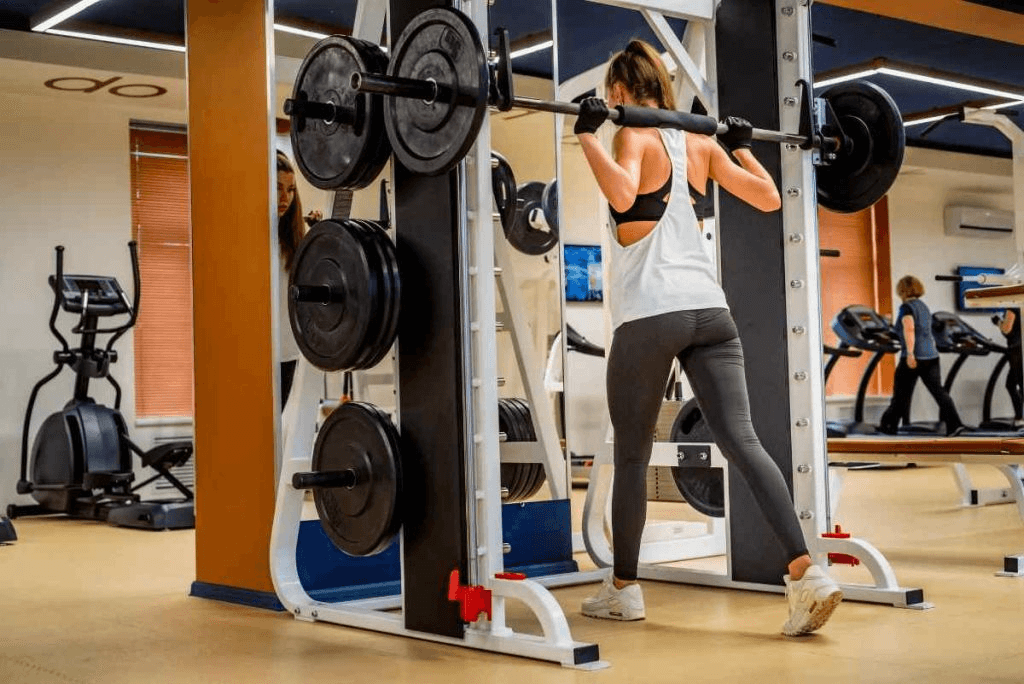When it comes to sculpting strong, shapely glutes and improving lower body function, leg kickbacks deserve a spot in your routine. Often underestimated, this simple movement targets the gluteus maximus — the largest muscle in your butt — and reinforces hip stability, posture, and overall athletic performance. Whether you’re training at home or in the gym, leg kickback exercises offer powerful benefits with minimal equipment.
What Are Leg Kickbacks?
Leg kickbacks, sometimes referred to as straight leg kickbacks or leg push backs, involve extending one leg behind the body while keeping your core engaged. The goal is to activate the glutes without relying on momentum or excessive lower back arching. They can be performed in various positions — standing, kneeling, or using a cable machine — making them highly versatile.
Benefits of Kickback Leg Exercises
-
Glute Activation
The primary target of any kickback leg workout is the gluteus maximus. By isolating this muscle, you create the opportunity to strengthen and grow your glutes effectively — which not only enhances aesthetics but also supports proper hip function. -
Improved Hip Stability
Exercises like standing straight leg kickbacks help stabilize your hips, an essential element for running, squatting, and reducing injury risk in daily activities. -
Low-Impact, High Engagement
Kickbacks are joint-friendly and suitable for all fitness levels. They don't require heavy weights or high-impact movement, yet they offer a solid muscular challenge. -
Core and Postural Support
Performing leg kickbacks with proper form demands core engagement and spinal alignment, indirectly training your abdominals and improving posture.
Popular Variations to Try
-
Bodyweight Standing Kickbacks
No equipment needed. Stand tall, brace your core, and extend one leg straight back without leaning forward. Squeeze the glute at the top. -
Cable Kickback Exercise (Legs)
Attach an ankle strap to a low cable pulley. Maintain a slight forward lean and extend your leg behind you in a controlled motion. This adds consistent resistance and is ideal for progressive overload. -
Quadruped Kickbacks (Donkey Kicks)
From a hands-and-knees position, lift one leg with a bent knee or straight leg. Focus on squeezing your glute, not arching your back. -
Resistance Band Kickbacks
Loop a mini band around your thighs or ankles for added resistance. These are perfect for home workouts or warm-ups.
Pro Tips for Better Results
-
Form First: Avoid swinging your leg or leaning your torso too far forward. Keep your movement controlled and focus on squeezing the glutes with each rep.
-
Mind-Muscle Connection: Actively think about your glutes doing the work. This mental focus has been shown to enhance muscle activation.
-
Progress Slowly: Start with bodyweight or bands, then gradually add resistance through ankle weights or machines.
Sample Kickbacks Leg Workout
-
Standing Bodyweight Kickbacks – 3 sets of 15 reps per leg
-
Cable Kickbacks – 3 sets of 12 reps per leg
-
Quadruped Straight Leg Kickbacks – 3 sets of 15 reps per leg
-
Band Kickback Pulses – 2 sets of 20 seconds per leg
Final Thoughts
Leg kickbacks may look simple, but when done with intent and precision, they can play a major role in strengthening your glutes, stabilizing your hips, and enhancing lower body performance. Integrate them regularly into your leg day or full-body routines to feel — and see — the difference.
Would you like an infographic version or printable routine for leg kickbacks?











































Leave a comment
This site is protected by hCaptcha and the hCaptcha Privacy Policy and Terms of Service apply.